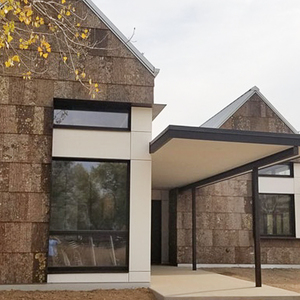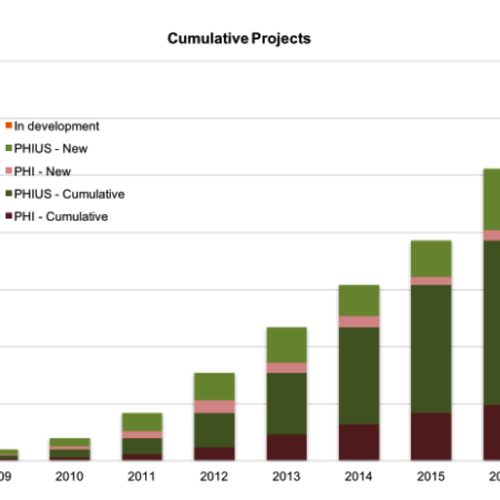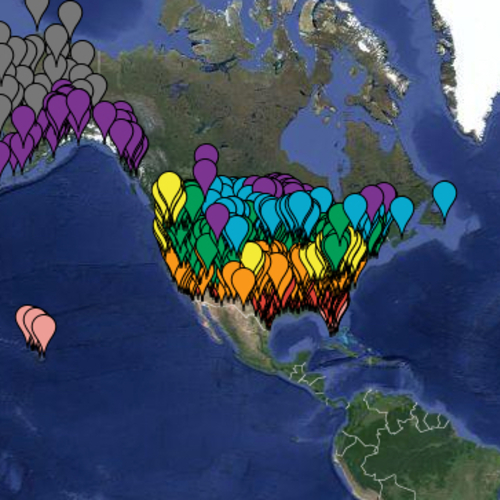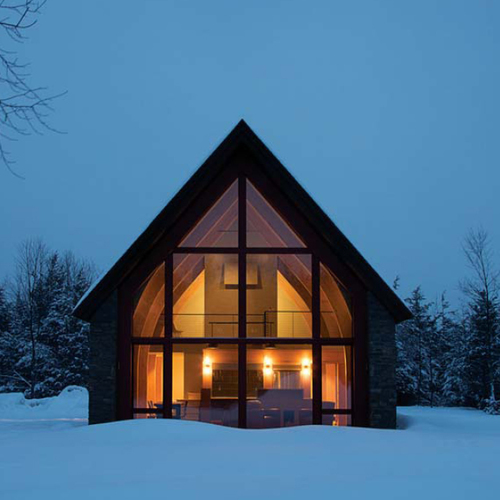
What is a Passive House, anyway?
The nuts-and-bolts answer: a Passive House is the product of achieving optimal airtightness and energy efficiency, and setting feasible limits on annual and peak building loads through various design means. Those means typically include avoiding high-thermal-mass construction (a bunch of concrete) and prioritizing simple forms that minimize surface area (fewer gables, dormers, jogs, and other architectural doodads). “Simplicity isn’t so much about aesthetics as it is about physics,” writes Lloyd Alter in a recent piece for Green Building Advisor. “And building science-informed design plans have proven that simple and small are key to good home performance.”
Now here’s the conceptual answer: a Passive House represents a movement to standardize a “spartan vernacular” (to borrow Alter’s term). Simple, efficient, low carbon, and context driven. This was the approach adopted by Phius (Passive House Institute U.S.) more than 20 years ago when the organization developed climate-specific standards for certification. In other words, a Passive House in Maine versus one in Texas can have different HERS ratings and floor plans while ostensibly achieving the same standard.
Here’s the rub. Until recently, the Passive House Standard has been something of a misnomer. “It’s important to be clear that neither of the proprietary standards are by definition, standards. They’re only guidelines.” says Katrin Klingenberg, co-founder and executive director of PHIUS, referencing both her organization’s performance standard (a variation on the original German Passivhaus model) as well as the original standard/guideline practiced by the Passive House Institute (PHI).
Standardizing the standard
So, what’s changed? The Passive House standard (loosely defined) is now one step closer to being formalized as a mandatory and code-compliant standard. After four years of planning, ASHRAE Standard 227P – Passive Building Design, is now available for public comment…
Weekly Newsletter
Get building science and energy efficiency advice, plus special offers, in your inbox.

This article is only available to GBA Prime Members
Sign up for a free trial and get instant access to this article as well as GBA’s complete library of premium articles and construction details.
Start Free TrialAlready a member? Log in















0 Comments
Log in or become a member to post a comment.
Sign up Log in